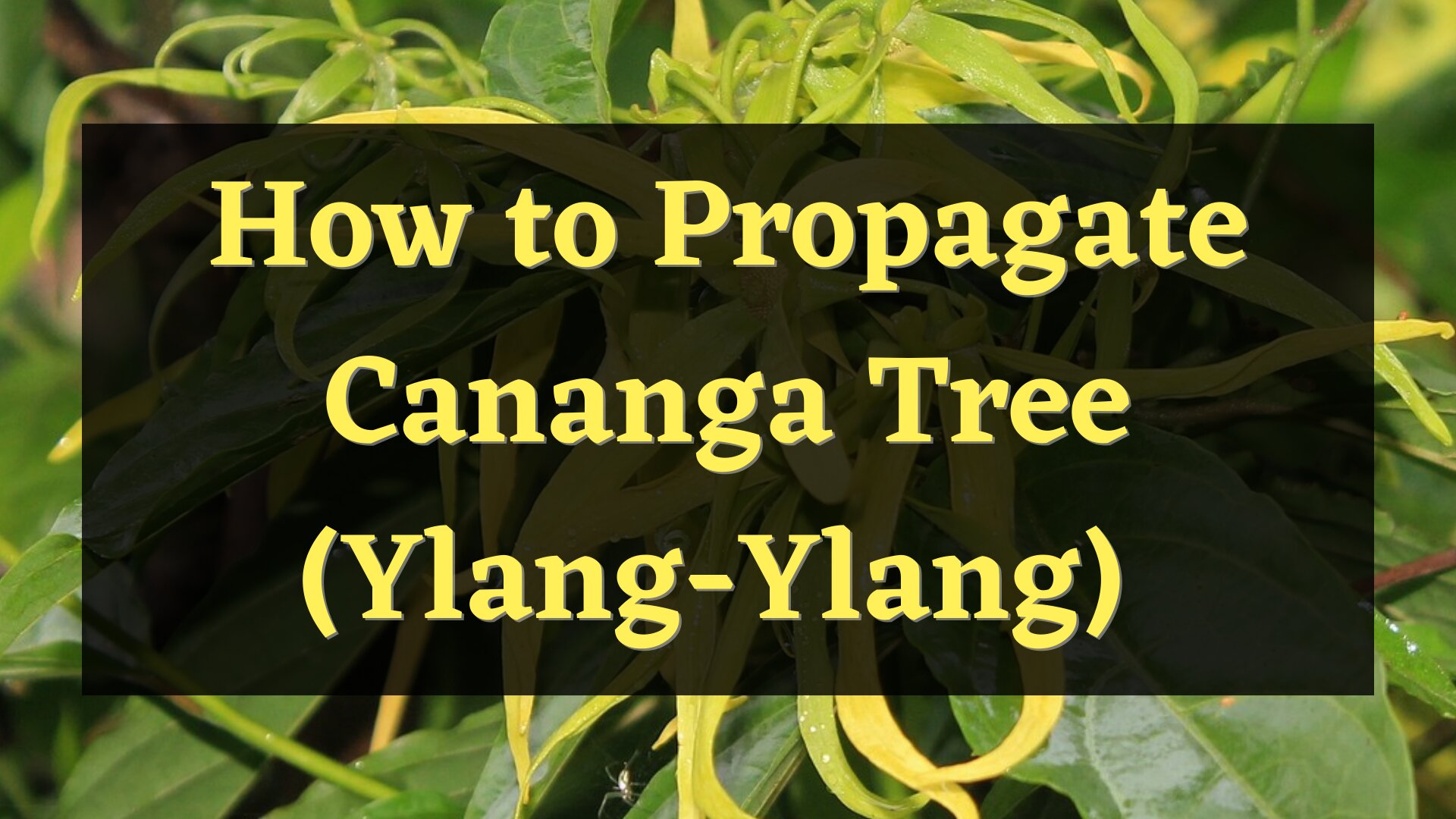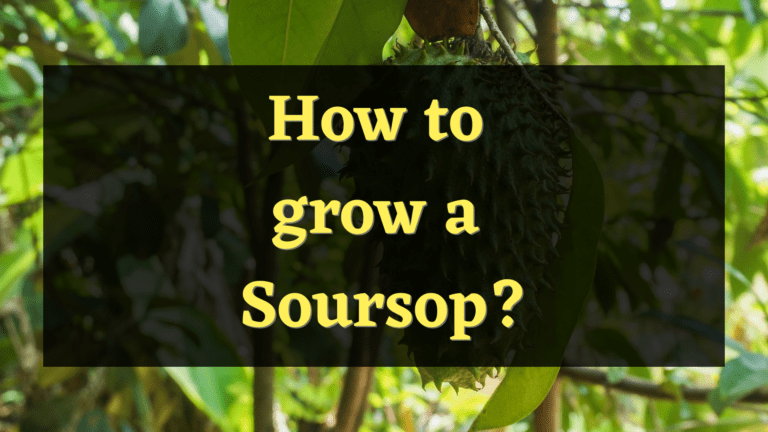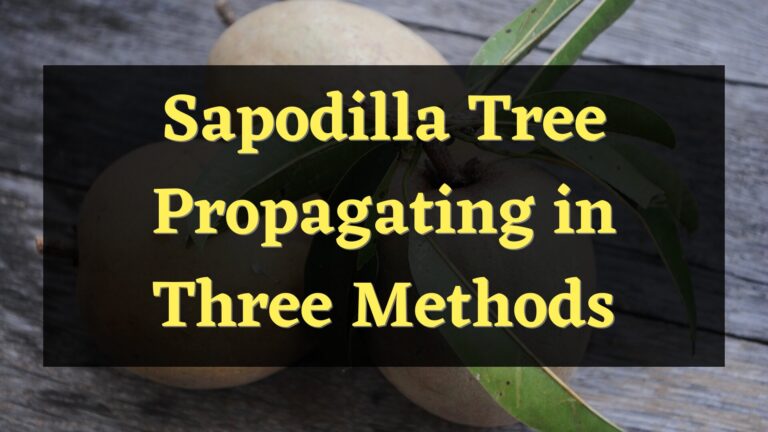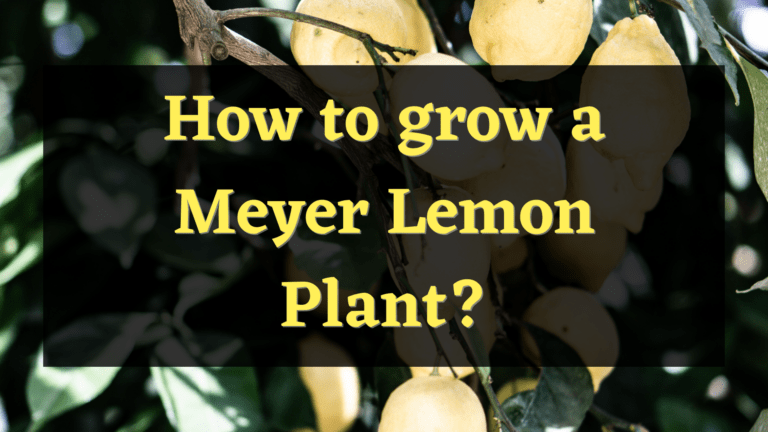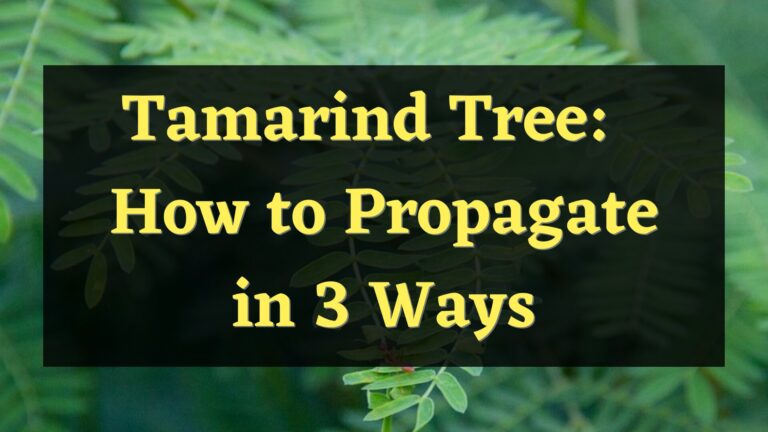Knowing how to propagate a Cananga or Ylang-Ylang tree effectively will make your environment more fragrant. Cananga Tree is known for its refreshing and relaxing scent. Its flowers are commonly used in the industry of aromatherapy and perfumery. As a tropical tree, it grows best in humid and warm locations. The typical height of this tree is 33 to 70 feet. It has also dwarf varieties that typically grow up to 2 meters in height.
About Cananga Tree
Cananga Tree is commonly known as Ylang-Ylang which means “flowers of flowers”. It is also called the perfume tree and referred to as the “Queen of Perfumes” because of its strong floral fragrance.
It belongs to the Annonaceae plant family. The scientific name of this plant is Cananga Odorata var. genuine. It is a tall tropical tree that is native to tropical countries in Southeast Asia such as the Philippines, Indonesia, and Malaysia.
It provides lots of benefits. The flowers of the Cananga Tree are used in making perfume and essential oils. It is also used in creating essential oils that have a wide range of medicinal uses. It is believed to be effective in treating anxiety, depression, and high blood pressure.
How to propagate a Cananga tree?
Seed propagation is the most effective method to increase the number of your Cananga Trees. It can be planted in a pot and transferred to the cultivated ground when it reaches 20-30 centimeters. Planting it directly in the ground will prevent the taproots from getting damaged. It also saves time and effort from transplanting them.
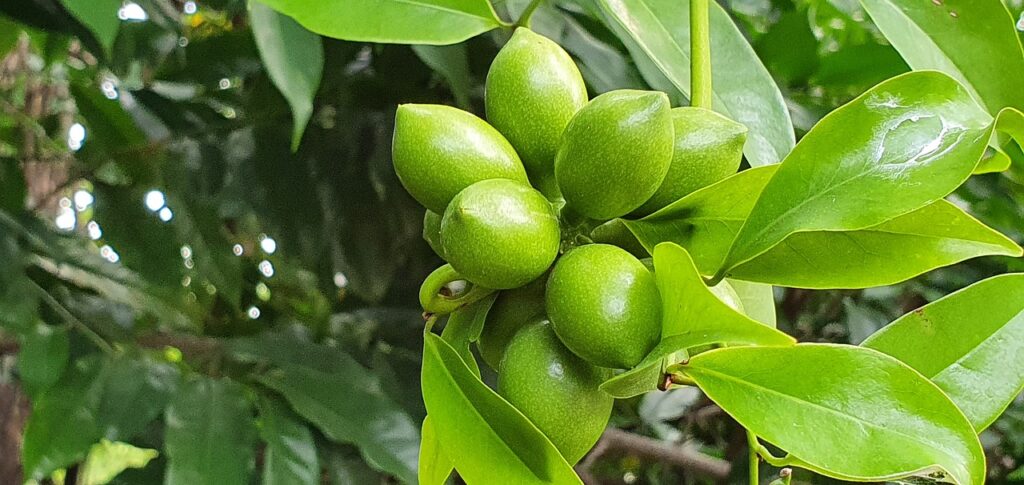
Steps in propagating Cananga Tree
Gather ripe fruit
The color of the ripe fruit is black. Cut the fruit to open it and get the seeds. There are 2-12 seeds inside the fruit that are enclosed in oily tissue.
Clean the seeds
Cleanse the seeds by putting them in a sieve and running water on them. It will remove the oily tissue that covers the fruits.
Dry the seeds
Spread the seeds on a tray and put them outdoors to dry them naturally. If the seed will be stored and will not be planted immediately, you must store it in a sealed container. Put the container in a dry and dark place.
Soak the seeds in lukewarm water
Soaking the seeds in lukewarm water for several hours will soften the seed coat which can accelerate germination.
Plant the seed in a large pot
Spring is the best season to sow the seeds. It must be sown in a well-draining potting mix. It must be buried 0.25 inches deep and must be planted 3 inches apart. Covered it with plastic wrap if the area is dry to increase the humidity level on the surface of the seeds. It typically takes up to four months for the seed to germinate.
Transfer the tree to a field.
When it reaches 8 to 12 inches in height, it can be transplanted into cultivated land. Transplant it carefully to prevent the taproot from getting damaged.
Planting the seeds directly in the ground
Prepare the area
Prepare the planting spot by cleaning it. Compact soil must be cultivated with a depth of 20 inches to increase the sore space between them. It will give enough space to the seeds to easily absorb water and nutrients so that they will germinate effectively.
Plant the seeds
Plant the seeds with a depth of 2 – 3 centimeters. Surround the seeds with sticks to mark the area where you plant them and prevent animals from digging the seed.
Regularly monitor the condition of the seed
Take good care of it by keeping the soil moist, maintaining a humid and warm environment, and monitoring its condition frequently to speed up germination.
Is it hard to propagate Cananga Tree?
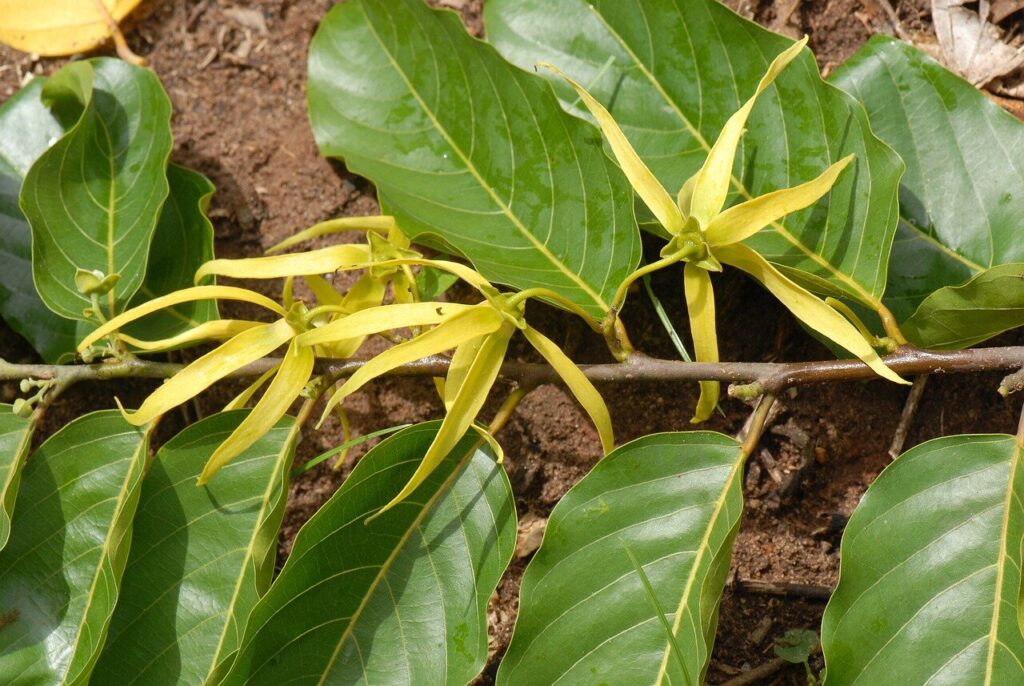
The level of difficulty of propagating the Cananga Tree depends on the location and the method used. Propagating the Cananga tree is easy in tropical locations because of its humid and warm environment. Seed germination and planting it directly in the ground are the easiest ways to breed it. On the other hand, propagating the Cananga tree is hard in cold locations and through the cutting method.
Can you grow Cananga Tree in pots?
Cananga Tree grows up to 70 feet in height and has long taproots that require deep soils. The pot will not be able to support the growth of the tree. The taproots will just break the pot and the tree will not thrive for long.
The Cananga trees that you can grow in pots are its dwarf varieties. It only grows up to 6.6 feet. It must be planted in large and deep pots. These varieties have less fragrance than the usual tree. The pot must have good drainage to prevent waterlogging.
Why would you grow Cananga?
Growing Cananga Tree provides a lot of benefits to health and the environment.
Here are some benefits that you can get from growing the Cananga Tree:
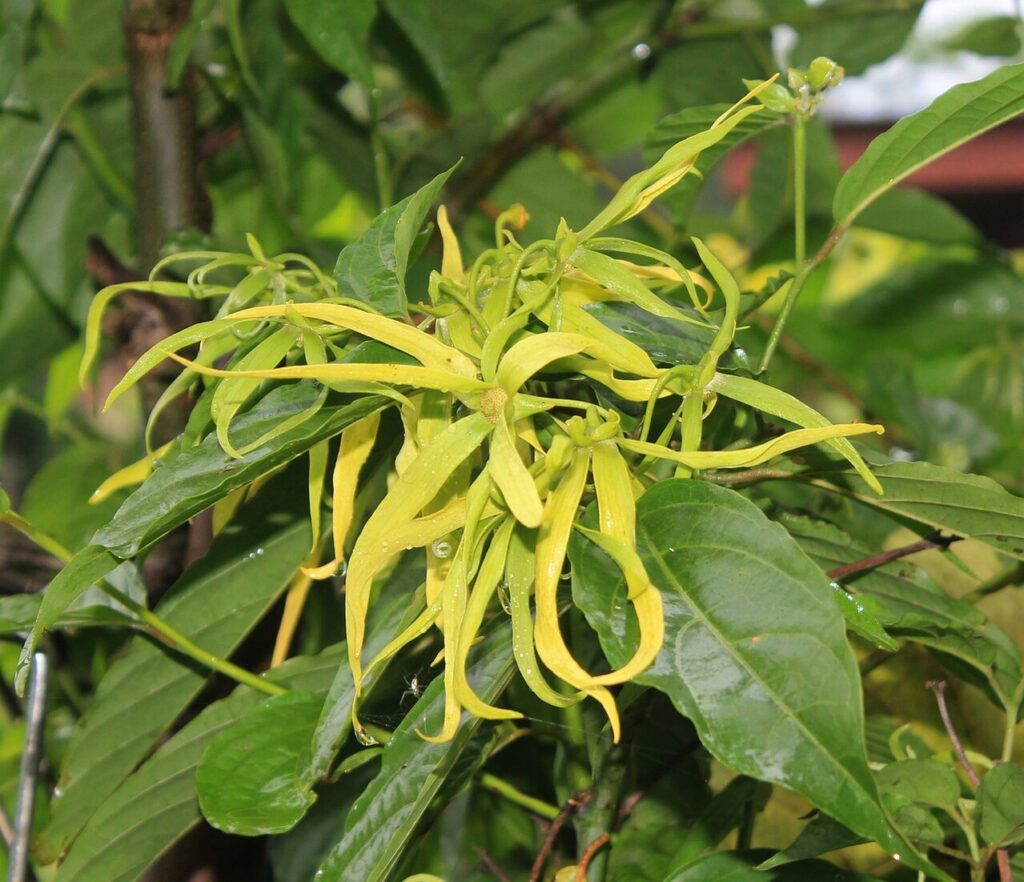
- It provides a refreshing and fragrant environment. The scent of its flowers can improve your mood so you can feel good and be more productive. It can fight bad odors in the environment so you can enjoy a fresh and refreshing scent.
- It is used in creating perfumes and essential oils. Its fragrant flowers are used in producing perfumes and essential oils. The oils provide a lot of health benefits and medicinal uses such as relieving stress and anxiety, improving your mood, and reducing depression.
- It enhances landscape design. It can be used as an anchor for a large garden bed, single-yard specimen, and architectural accent tree.
- It enhances the aroma of food and beverages. The distilled oil extracted from its flowers is used by food industries as spice or flavoring to enhance the taste of food and beverages.
- It has strong timber. Its timber can be used in creating furniture, crafts, wooden decorations, and constructions.
Conclusion
Seed germination in spring is the most effective way to propagate Cananga or Ylang-Ylang tree. Increasing the number of Cananga trees has a lot of benefits. It provides a refreshing scent to the environment that can boost your mood and alleviate your anxiety. Its flowers can be used in enhancing the aroma of food and beverages and in creating perfumes and essential oils. It has strong timber that can be used in construction projects.

Elizabeth Mcmillan is a passionate gardener with a strong interest in plants. She used to be a teacher, but Elizabeth has spent the last few years immersing herself in the world of plants, learning about their biology and cultural value and trying out different ways of growing them in her own garden. Elizabeth Mcmillan loves indoor plants, succulents, and cacti, and her friends and family know her as a plant care expert.

